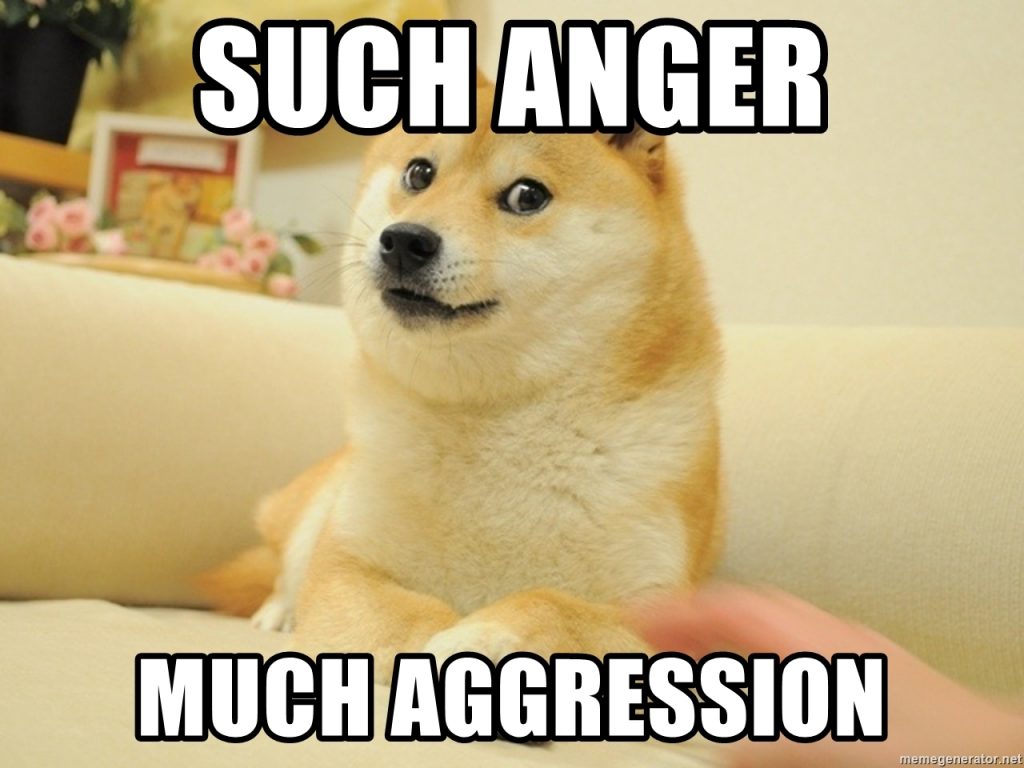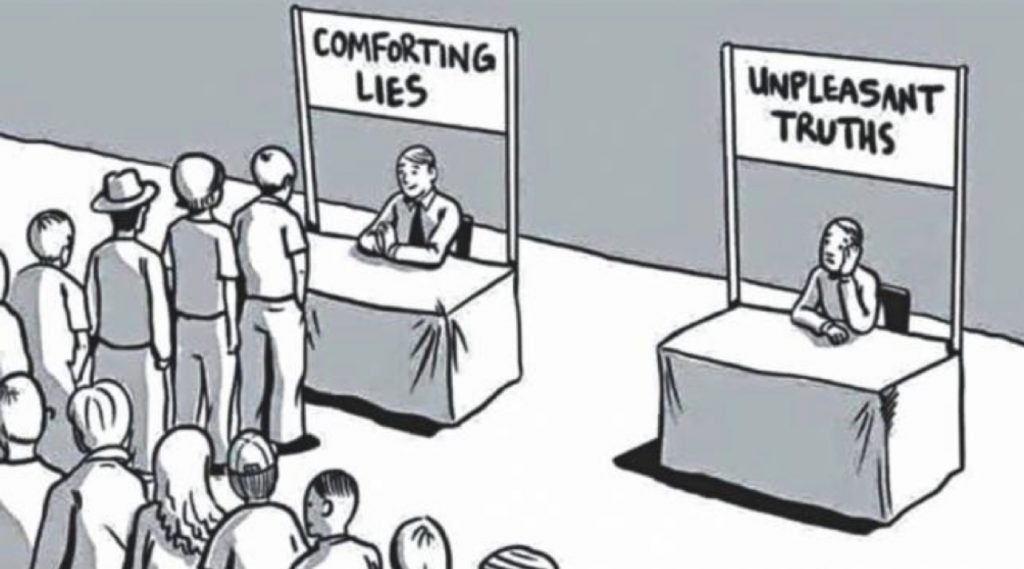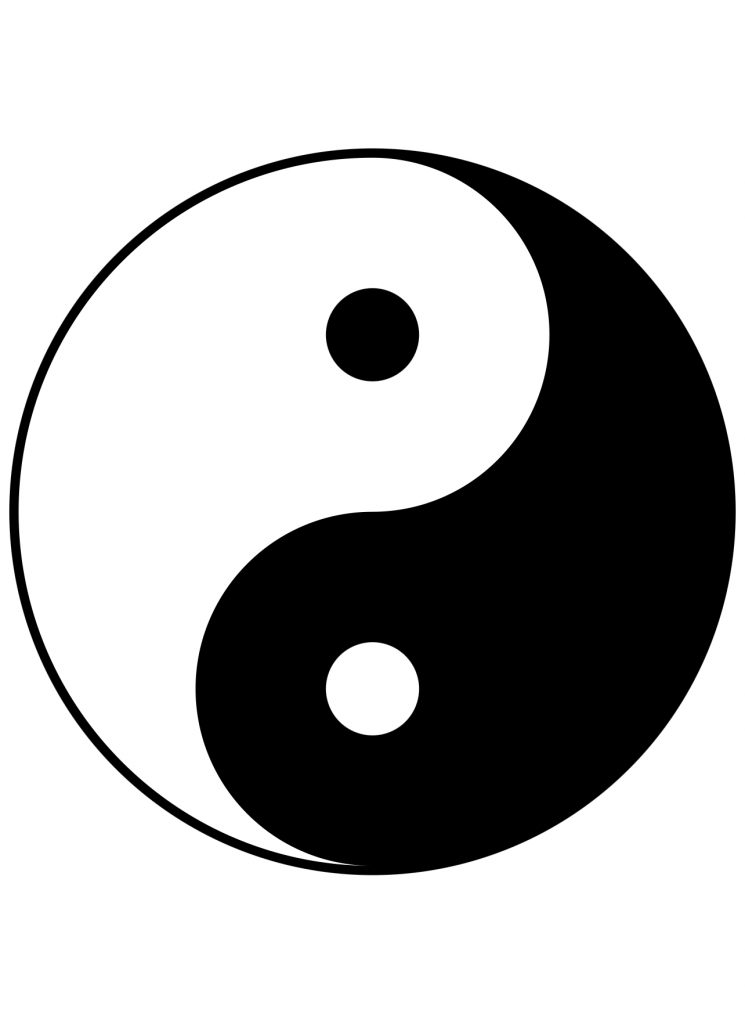Module 12- Archive #3
For this items to archive, we were instructed to read 25 questions and determine if they showed aggressive behavior. We were to circle the question if we thought it indicated signs of aggression and then keep track of the ones that we circled. The questions were all very different and made me think twice. I picked this items to archive because I thought it was different from the other ones we have completed. I liked how I really had to think about my answers because they could be both yes and no answers. I added to my knowledge of what I knew already, and I learned that not all signs of anger can be classified as aggression, and was able to better decipher between signs of aggression and non-aggression behaviors.
Reflecting back on the questions that I circled, the ones that I believe most indicate signs of aggression was #5, “A juvenile gang attacks members of another gang.”, #7, “A man viciously kicks a cat.”, and #11, “A man mentally rehearses a murder he’s about to commit.” I chose these 3 because I believe that aggression is the act of harming another person or non-living thing whether physically doing it or having thoughts about doing it. Although question #11 didn’t have the man actually murdering someone, he is still thinking about it in his head. Aggression can involve harming both living and non-living things such as throwing items around your home or hurting the nature that is surrounding you. I believe that aggression is intentional, because one has to be upset or angry about something in order to act in such ways. I also believe that anything that is self defense, or a part of a military duty is not signs of aggression because you are doing what you can to protect yourself at the time being.
Visual Representation:

I chose to use this meme because people tend to show aggression when they are angry, or upset about something.
Module 7- Archive #2
For this items to archive, we were prompted to complete a survey that asked us various of questions on things such as wearing a seatbelt in the car, speaking during class, and exercising. I took the survey and wrote down my answers to each question to look for any inconsistencies. Some inconsistencies that I felt were on the questions of going to the gym and personally addressing the problem of homelessness in the world. Sometimes my week is too busy and during the times that I am able to go to they gym I just want to relax because it has been a long day. I know homelessness is a problem in the world and I have given people money to help get a meal or buy something they need but I guess I am not sure what else that I can personally do to help someone who is homeless or to help solve the global issue. I know everyone often goes through mental conflicts which exemplifys dissonance behavior.
Dissonance behavior can occur when someones thoughts or behaviors and beliefs do not correlate with each other. For example, during this survey my brain told me to answer some of the questions saying yes, but my beliefs told me no. To really find my answer to the questions, I thought about how consistent I was with the relevant question and chose my answer from there. I wanted to answer yes for “I take time to engage in regular physical exercise several times a week.” but then realized lately that my only regular exercise lately has been walking to class. I haven’t gone to the gym or anything for it to actually count. Taking this survey changed my thoughts, and this week I am making a goal to head to the gym a few times.

I chose to use this picture because cognitive dissonance can also be avoiding tough situations to get the easier end of the stick. Some people are more willing to go against their beliefs instead of doing what is right.
Module 3- Archive #5
I chose this top artifact because it is the most relatable to the public. According to a 4 person survey, phrases like “similarity leads to attraction” and “opposites attract” appear to be true among the public. Because no population factors were specified for this survey, participants who were chosen was a random selection. According to relevant research, “similarity attracts” is more true in platonic relationships, whereas “opposites attract” is more true in those who are in romantic relationships. I believe this survey was very informational and the outcome seems to be factual.
Similarity leads to attraction visual:

I chose a picture of two best friends because those who are similar to each other tend to hangout and get along the most. Most friendships don’t last if both people have different hobbies and interests that they enjoy. In many friendships, people share the same interests and are able to do things together that both individuals enjoy doing.
Opposites attract visual:

For this visual I chose to do the Ying and Yang symbol. Yin and Yang are mutually dependent opposites, or complimentary forces, that are though to coexist at the Earth’s core. The two poles and everything in between them make up everything in life. A part of Yin is in Yang, and a part of Yang is in Ying when they are in harmony with each other.